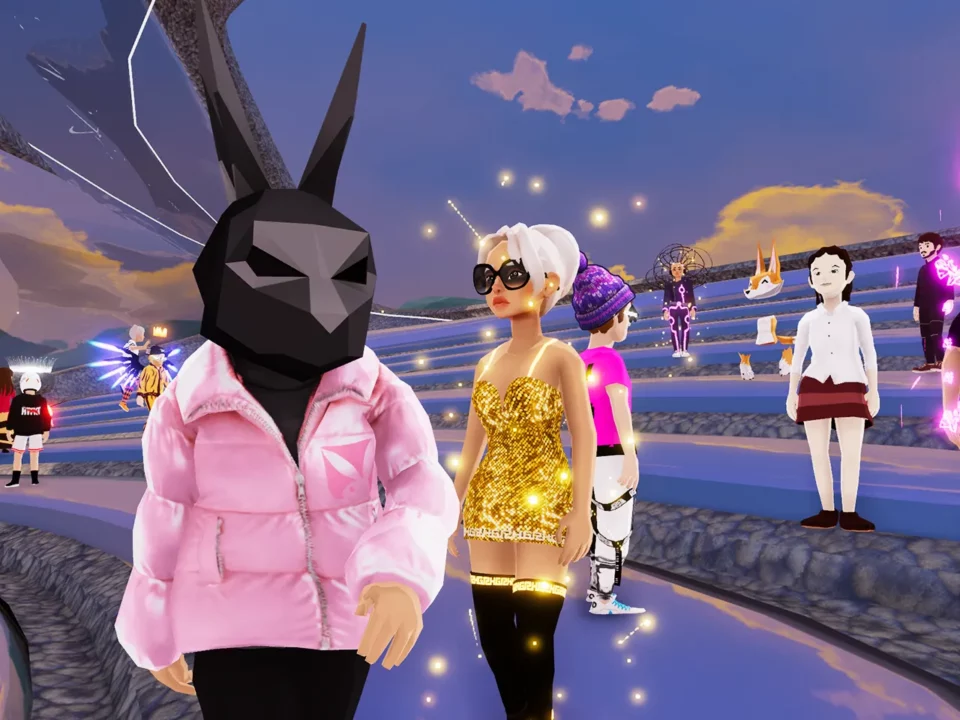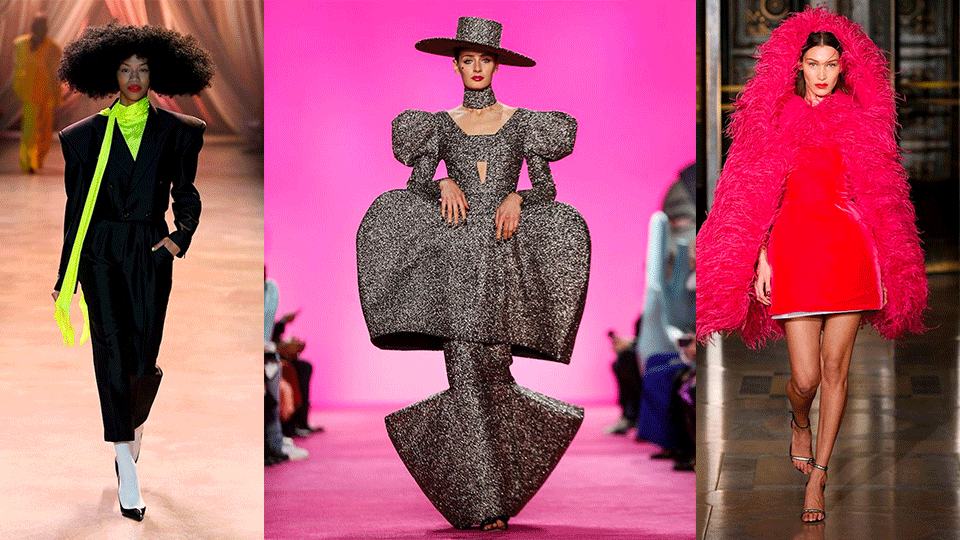- À New Wave to Fashion, À New Way of Living. Download Now on iOS Android Canada SS22
- hello@alahausse.ca
Iris Van Herpen is Known for Incorporating Technology Into Haute Couture

Success of Digital Fashion: the NFT Baby Birkin
August 11, 2021
Lacking Social and Environmental Transparency in the Fashion Industry
August 11, 2021
Written by Hana El-Sharabasy
Dutch fashion designer, Iris Van Herpen, brings something new to the table every season. Her trend aversions make every one of her moves completely unexpected. Sometimes using 3d printing and laser cutting or even making her debut with the use of umbrella ribs, she keeps her following on their toes.
Her Background in the Arts
Herpen grew up in a small Dutch town Wamel. Prior to her interest in fashion design, she dipped into every other creative outlet, including dance, visual arts and music. Upon entering high school, she was introduced to the world of fashion and continued to pursue design in her post-secondary education. Her study at ArtEZ University of the Arts in Arnhem, was followed by an internship with Alexander Mcqueen in London before she opened her own label in 2007 at the young age of 23.

Her Start in the Industry
It’s safe to say her success was instant. Her collections all have a focus on traditional craftsmanship and silhouettes but regularly experiment with new techniques. Her first collection used recycled umbrella findings to create sculptural silhouettes that exaggerate the female figure. Her background in dance is represented in the depth and movement of her still pieces. She uses her knowledge of the body when creating the works to ensure they cooperate together on the runway. She has said in an interview with Vogue, that if she had to use one word to describe her work, it would be ‘movement’.
Her runway pieces have been shown in worldwide exhibitions in New York, Toronto and the Netherlands. She is most known for being the first fashion designer to utilize 3D printing technology to create garments.

Process Work
Her lack of preparation work regarding her projects relies on her material to dictate the work’s final form. Unlike many artists, she doesn’t take full control but merely moulds the material. She has said, “It’s my direct action with the material that often is my design process” rather than in depth planning and sketching. “Each technique and each material asks for another approach and process, and that’s what challenges me, to find new ways of thinking and doing.”
Many artists who operate like Herpen receive criticisms with the thought that their practise is lacking the initial research and planning and therefore breeds unsuccessful work. For Herpen, who we can only define as a scientific minded artist, all the planning happens all in her head. In her opinion, pre planned projects are controlled by practicality rather than creativity.

Earthrise, 2021
Art imitates life in her 2021 collection inspired by marine ecosystems. The 19 gowns all mimic a different facet of marine life, from water to coral, 5 of which were created in collaboration with Parley from ocean plastics. The collaboration was described as “fragile and ethereal” that almost mimicked a light netted material. She has said that the Earthrise collection “…is an image of our planet without national borders, without hierarchies, without even a right side up”.
Her newest collection creates a political statement through fashion, about the interactions between the fashion industry and the environment. She bridges the two in environmental designs that reflect the true beauty of our earth. She hopes that her newest work will make people question their personal impacts on the earth and push them to do better in favour of saving our planet.
Via ÀLA.HAUSSE‘s Multi-functional and Multi-purposeful Fashion Ecosystem- BUY/SELL/RENT/LEND/ (swap BETA 2021) mobile application, INDIVIDUALS & brands ( BETA 2021) are encouraged to REBUY, RESELL, REUSE and UP-CYCLE their personal “Clossets” aka Clothing Assets, along with overstock inventory and samples. Through this consumerism habit shift we indirectly slow down the urgency on fashion’s carbon footprint, aiding sustainability as a whole.
BETA Early Access Application Now Open for CA Fashion Lovers: Apply Now for LAST CALL
with Stories on www.alahausse.ca
#ALAHAUSSE #WEARYOURPURPOSE #HAUSSEPEOPLE
References:
- https://www.businessoffashion.com/community/people/iris-van-herpen
- https://www.wired.com/2015/11/iris-van-herpens-extraordinary-clothes-are-more-like-wearable-sculptures/
- https://www.vogue.com/fashion-shows/fall-2008-ready-to-wear/iris-van-herpen/slideshow/collection
- https://www.vogue.com/fashion-shows/fall-2008-ready-to-wear/iris-van-herpen
- https://www.designboom.com/design/iris-van-herpen-earthrise-parley-for-the-oceans-07-06-2021/
- https://www.dezeen.com/2021/07/14/iris-van-herpen-earthrise-collection-fashion-ocean-plastic/







